Birds of Satajaan
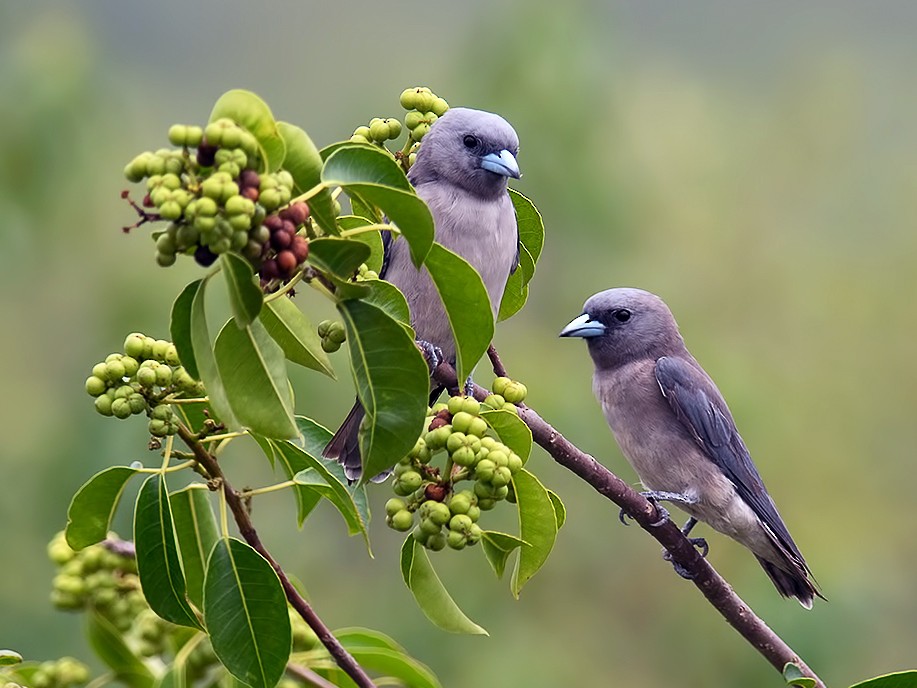
Ashy Woodswallow
The ashy woodswallow (Artamus fuscus) sometimes also called the ashy swallow-shrike is a woodswallow which is found in south Asia. Ashy woodswallows are usually seen in small groups.
Read me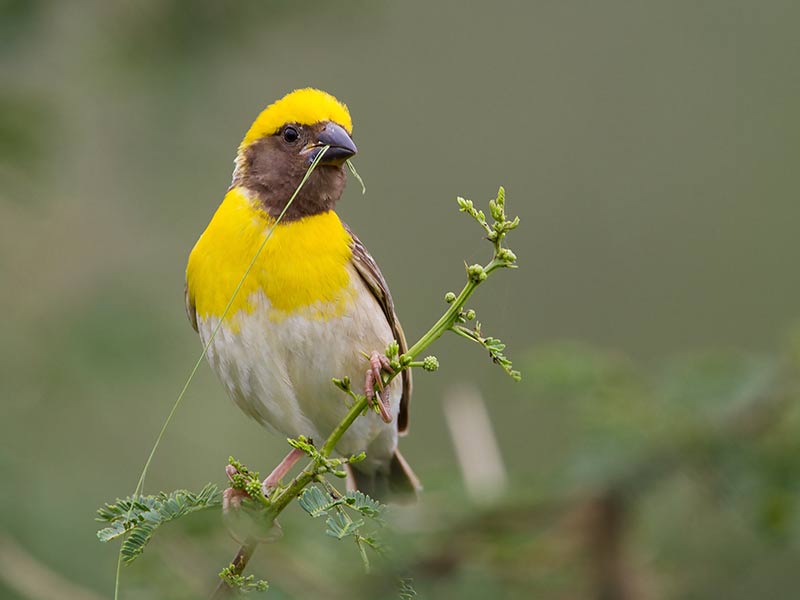
Baya Weaver
The baya weaver (Ploceus philippinus) is a weaverbird found across the Indian Sub continent and Southeast Asia. Among the population variations, five subspecies are recognized.
Read me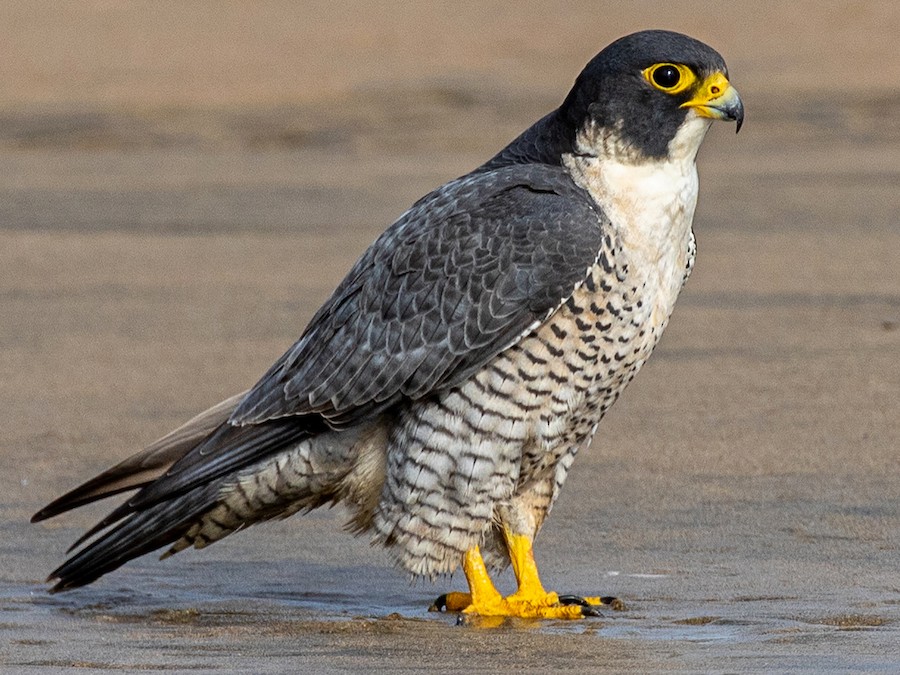
Peregrine Falcon
The peregrine falcon (Falco peregrinus), also known as the peregrine, and historically as the duck hawk in North America,is a widespread bird of prey (raptor) in the family Falconidae.
Read me
Common Kingfisher
The common kingfisher (Alcedo atthis), also known as the Eurasian kingfisher and river kingfisher, is a small kingfisher with seven subspecies recognized within its wide distribution across Eurasia and North Africa.
Read me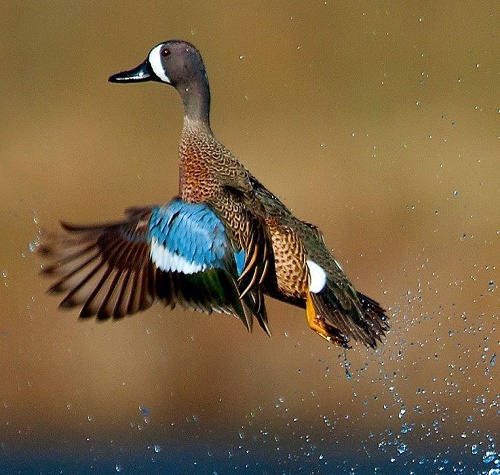
Teal
The Eurasian teal (Anas crecca), common teal, or Eurasian green-winged teal is a common and widespread duck which breeds in temperate Eurosiberia and migrates south in winter.
Read me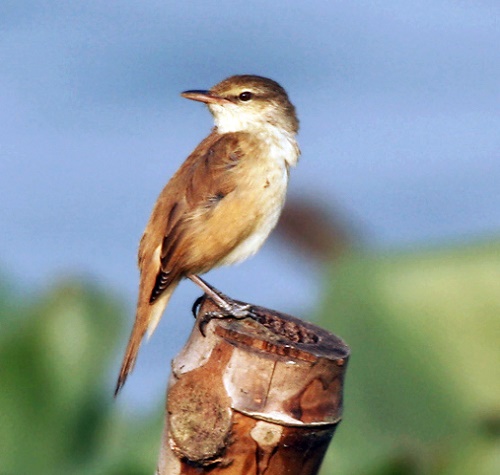
Oriental Reed Warbler
The Oriental reed warbler (Acrocephalus orientalis) is a passerine bird of eastern Asia belonging to the reed warbler genus Acrocephalus. It is a large warbler, 18–20 cm long with a wingspan of 23–26 cm.
Read me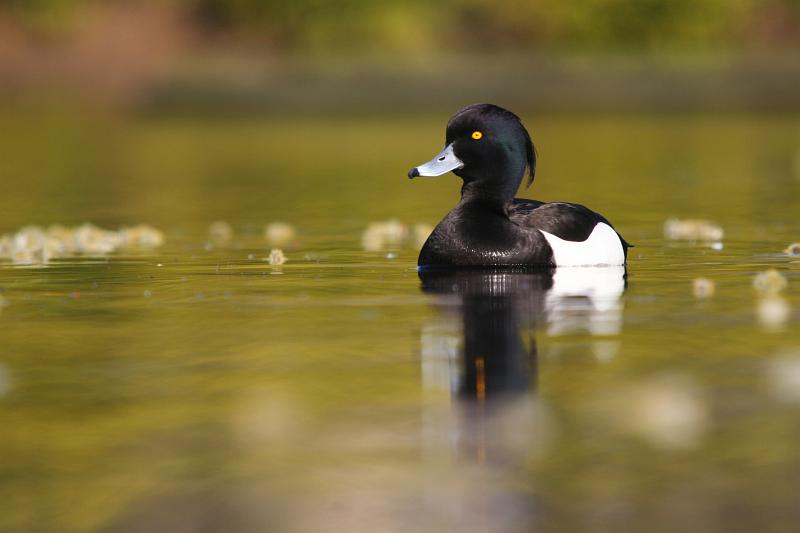
Tufted Duck
The tufted duck (Aythya fuligula) is a small diving duck with a population of close to one million birds, found in northern Eurasia. Their breeding habitat is close to marshes and lakes with plenty of vegetation to conceal the nest. These birds feed mainly by diving, but they will sometimes upend from the surface.
Read me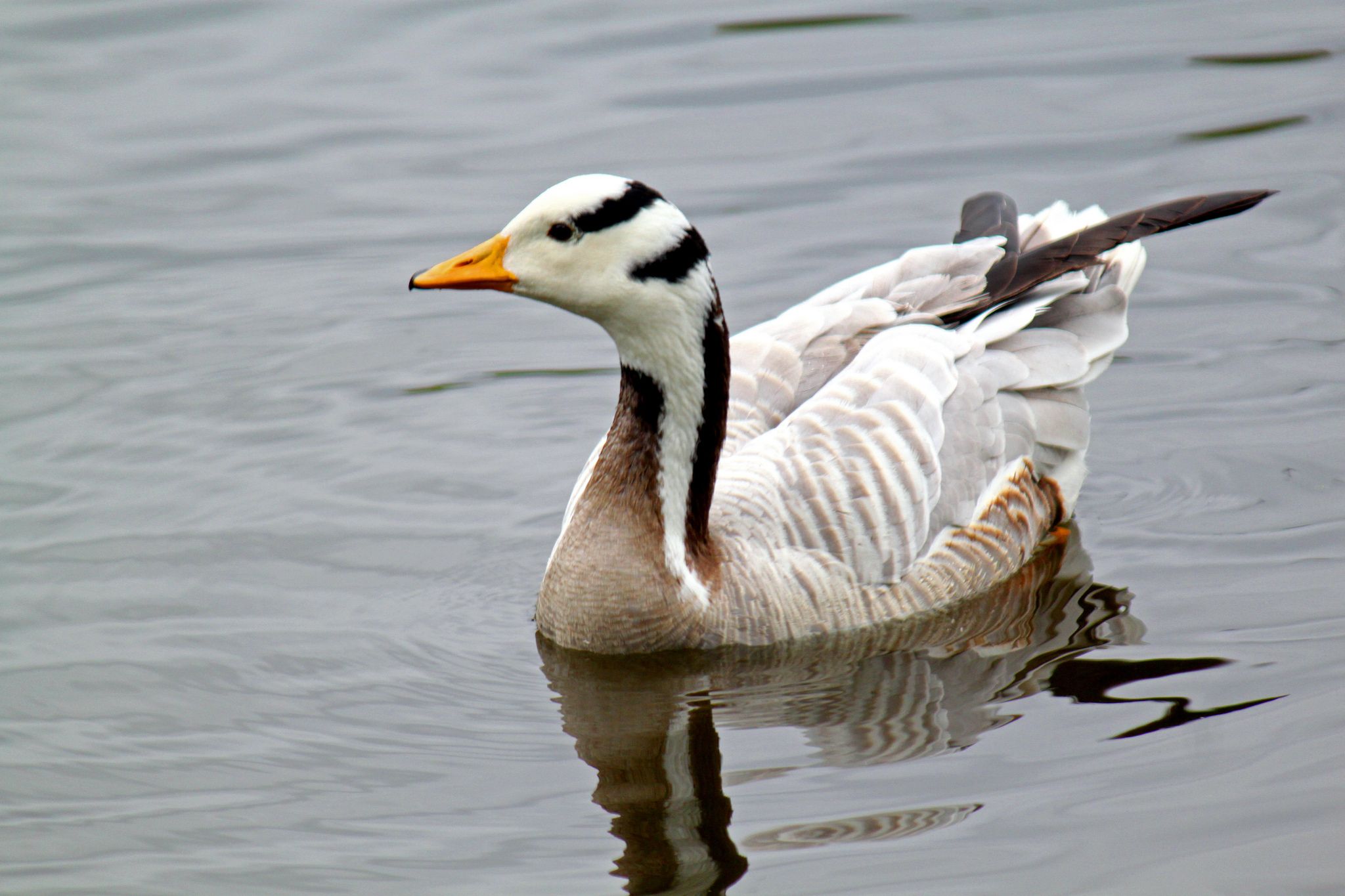
Bar Headed Goose
The bar-headed goose (Anser indicus) is a goose that breeds in Central Asia in colonies of thousands near mountain lakes and winters in South Asia, as far south as peninsular India. The bar-headed goose has been suggested as being the model for the Hamsa of Indian mythology.
Read me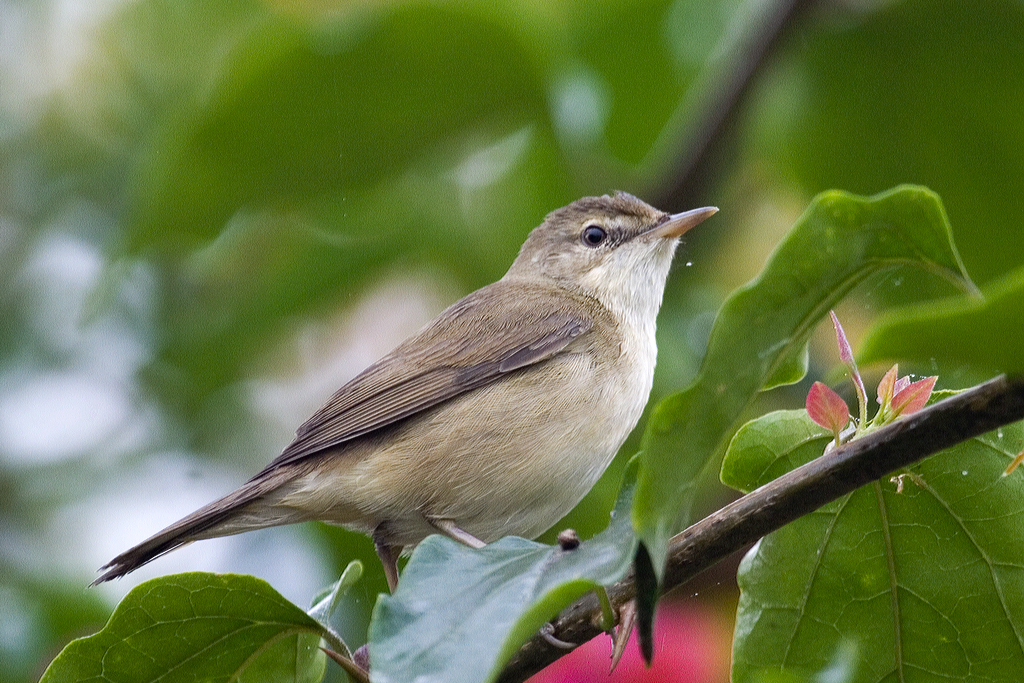
Blyth's Reed Warbler
Blyth's reed warbler (Acrocephalus dumetorum) is an Old World warbler in the genus Acrocephalus. It breeds in the Palearctic and easternmost Europe. This bird is named after the British zoologist Edward Blyth. This is a medium-sized warbler, 12.5-14 cm in length.
Read me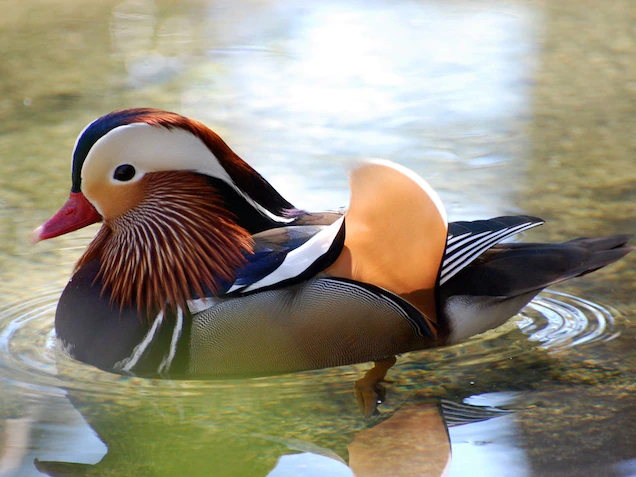
Mandarin Duck
The mandarin duck (Aix galericulata) is a perching duck species native to the East Palearctic. It is medium-sized, at 41–49 cm (16–19 in) long with a 65–75 cm (26–30 in) wingspan. The adult male has a red bill, large white crescent above the eye and reddish face and "whiskers".
Read me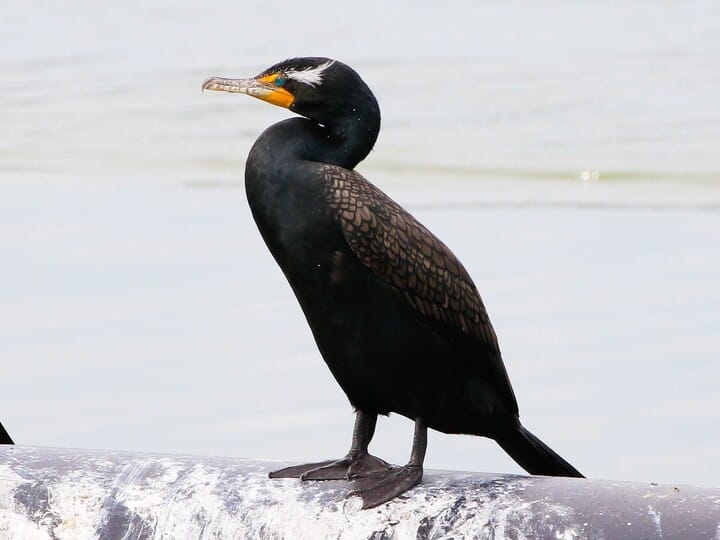
Cormorant
Phalacrocoracidae is a family of approximately 40 species of aquatic birds commonly known as cormorants and shags. Cormorants nest in colonies around the shore, on trees, islets or cliffs. They are coastal rather than oceanic birds, and some have colonised inland waters.
Read me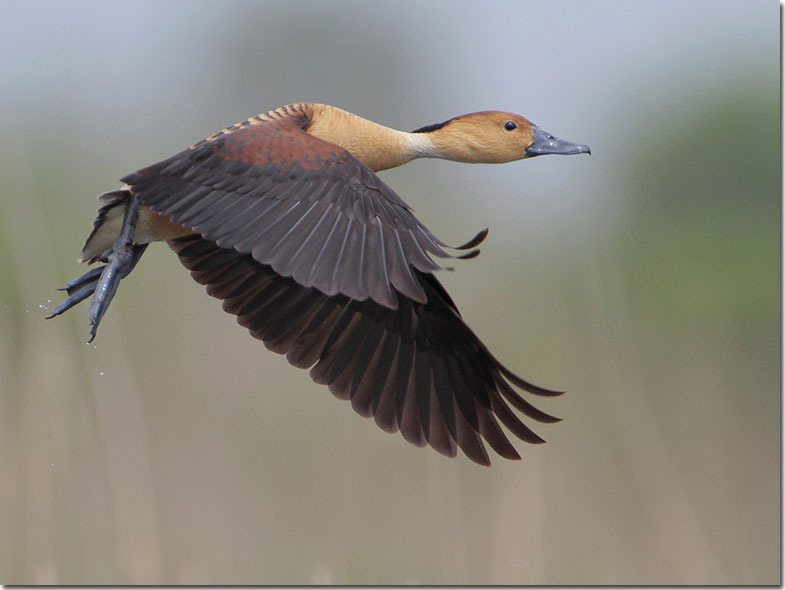
Fulvous Whistling Duck
The fulvous whistling duck or fulvous tree duck (Dendrocygna bicolor) is a species of whistling duck that breeds across the world's tropical regions in much of Mexico and South America, the West Indies, the southern United States, sub-Saharan Africa and the Indian subcontinent.
Read me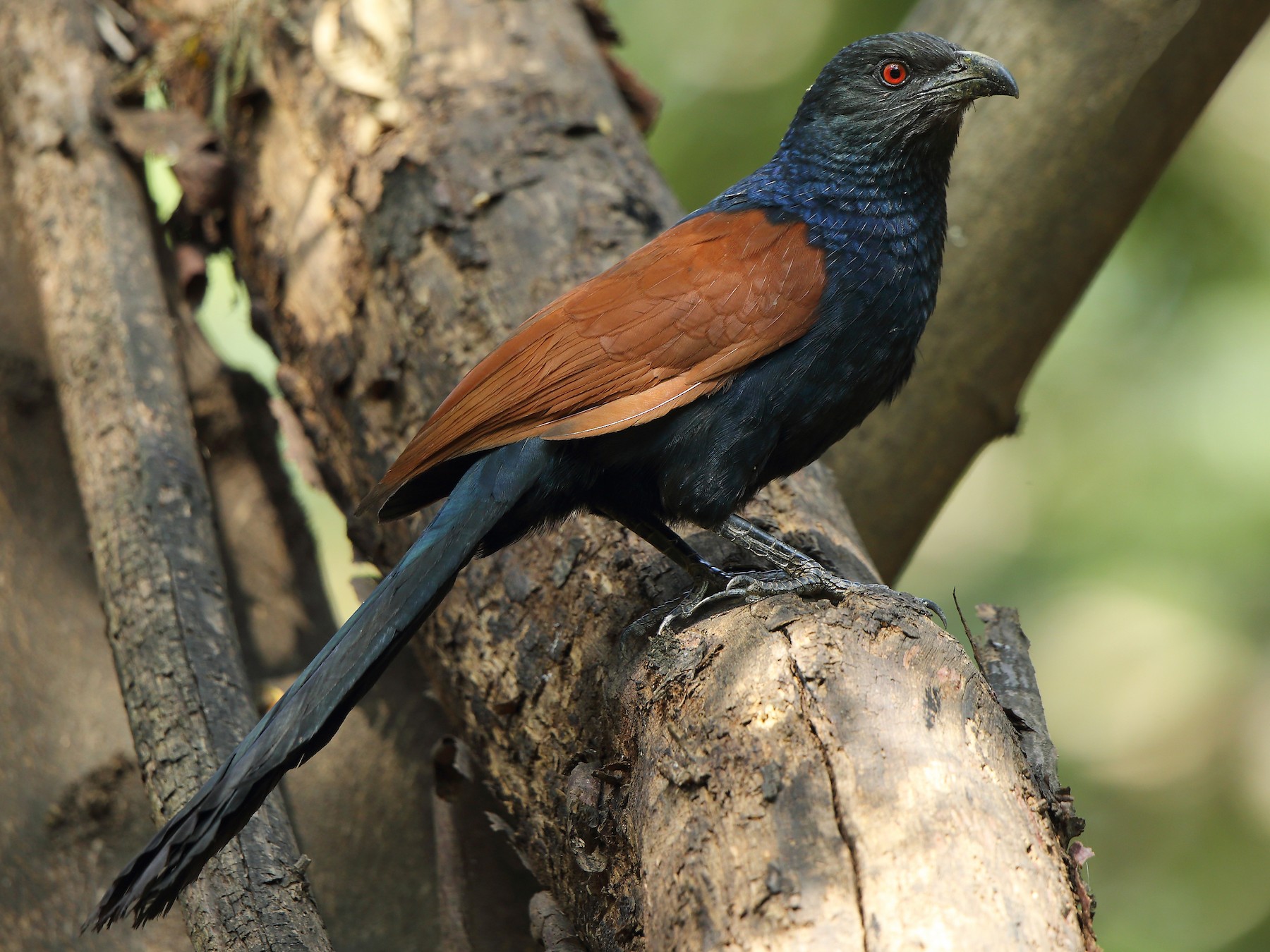
Lesser Coucal
The lesser coucal (Centropus bengalensis) is a species of cuckoo in the family Cuculidae. It has a wide distribution range that overlaps with several other similar species. The habitat in which it is found is often marshy land with grass and tree cover. It has a much longer claw on its hind toe and a distinct call.
Read me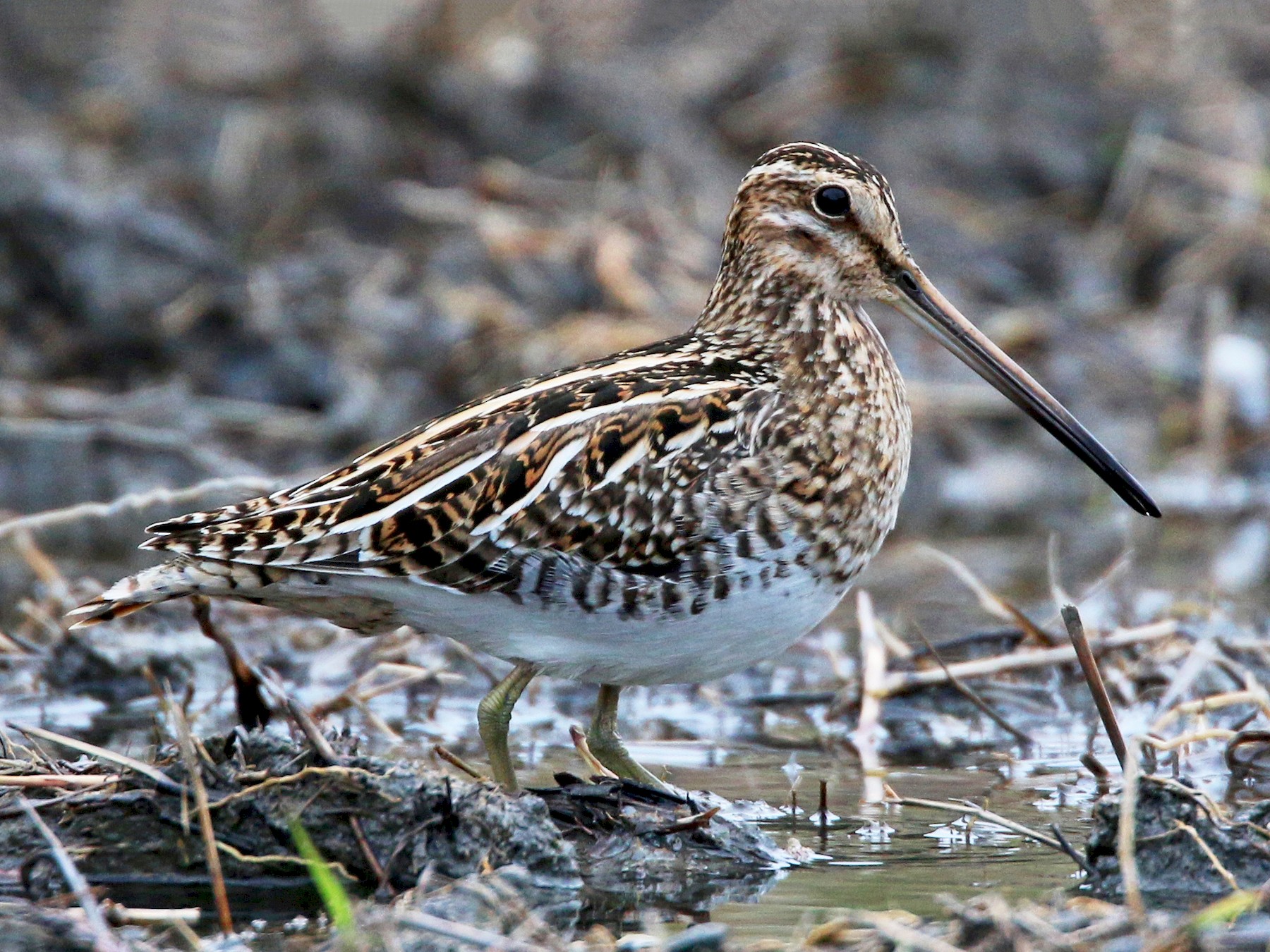
Snipe
A snipe is any of about 26 wading bird species in three genera in the family Scolopacidae. They are characterized by a very long, slender bill, eyes placed high on the head, and cryptic plumage. Snipes search for invertebrates in the mud with a "sewing-machine" action of their long bills.
Read me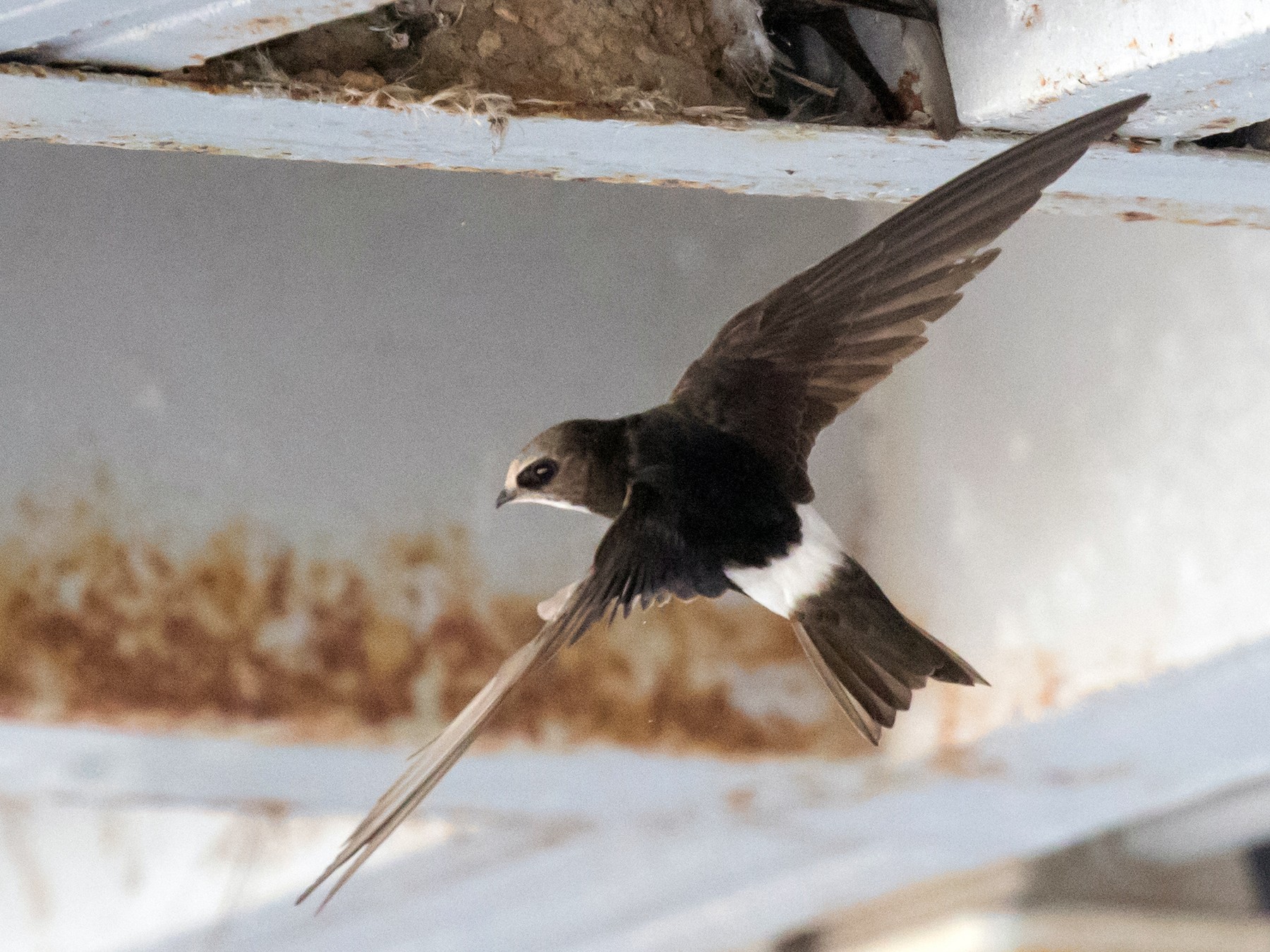
House Swift
The house swift (Apus nipalensis) is a species of swift in the family Apodidae. It is found in Japan, Nepal, and Southeast Asia. It is capable of flying long distances by alternately shutting off hemispheres of their brain in-flight. It was formerly considered a subspecies of the little swift.
Read meEurasian Moorhen
The common moorhen (Gallinula chloropus), also known as the waterhen or swamp chicken, is a bird species in the rail family (Rallidae). It is distributed across many parts of the Old World.
Read me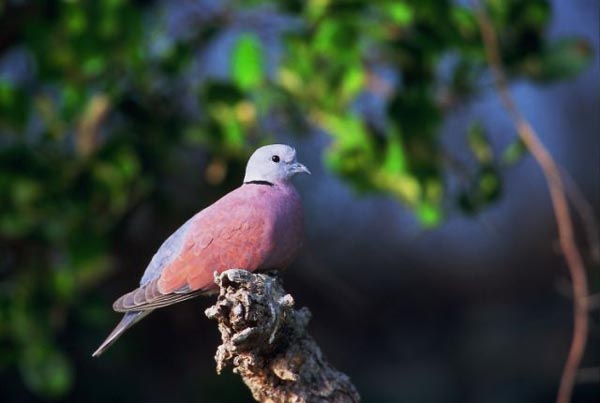
Red Collared Dove
The red collared dove (Streptopelia tranquebarica), also known as the red turtle dove, is a small pigeon which is a resident breeding bird in the tropics of Asia. The male has a blue-grey head and a red-brown body.
Read me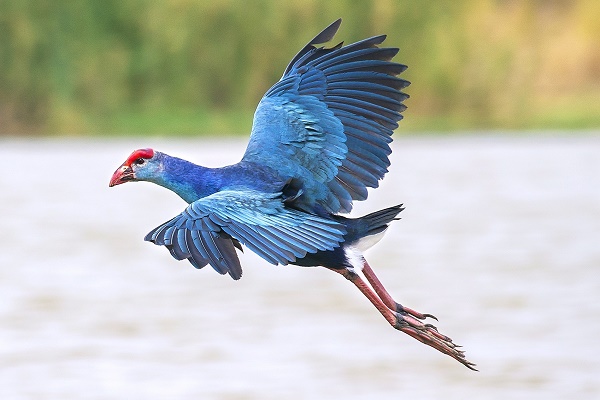
Grey headed Swamphen
Grey-headed swamphen (Porphyrio poliocephalus) is a species of swamphen occurring from the Middle East and the Indian subcontinent to southern China and northern Thailand.
Read me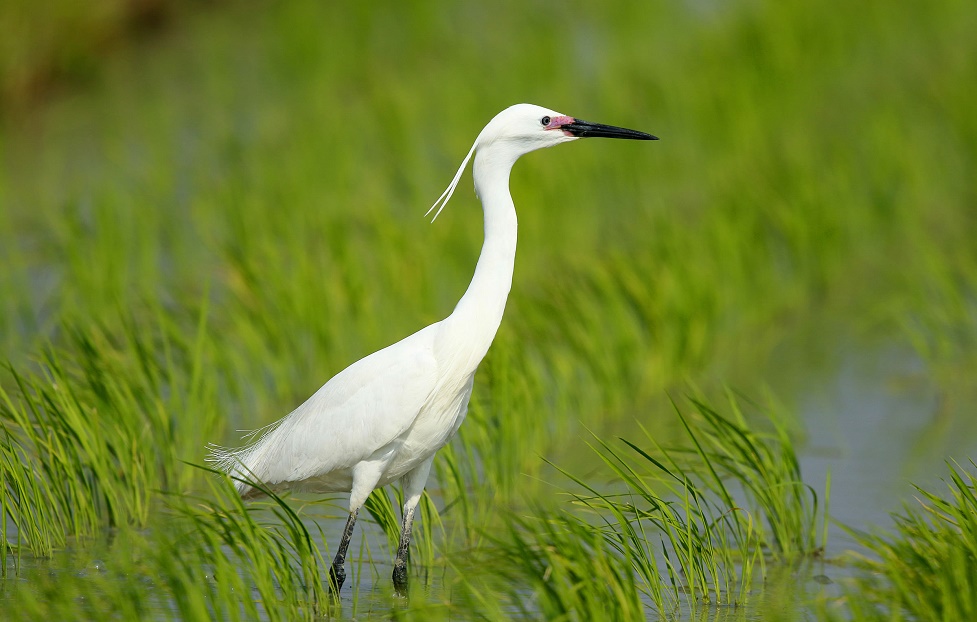
Little Egret
The little egret (Egretta garzetta) is a species of small heron in the family Ardeidae. The genus name comes from the Provençal French Aigrette, "egret", a diminutive of Aigron," heron".
Read me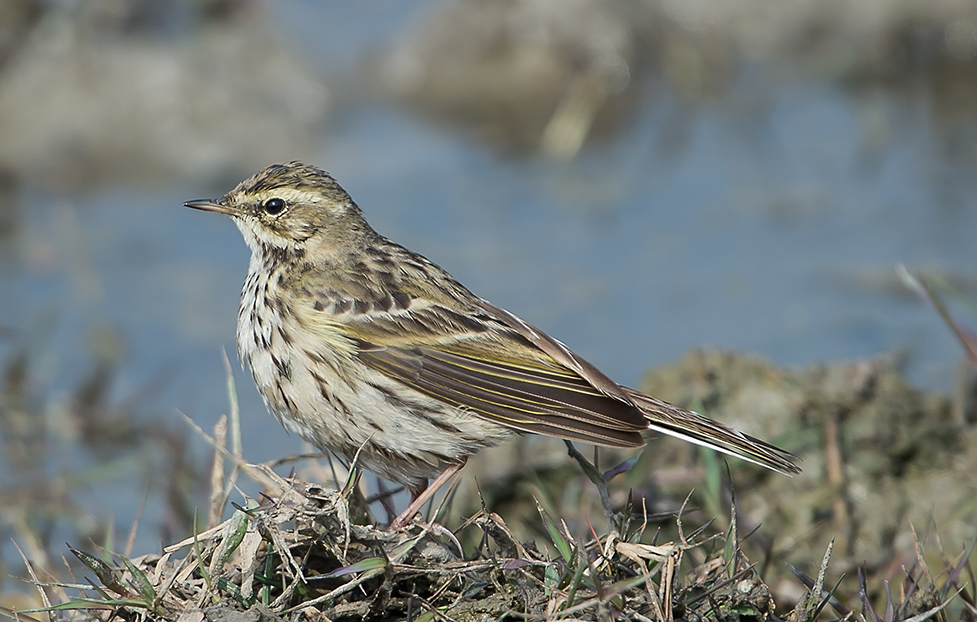
Rosy Pipit
The rosy pipit (Anthus roseatus) is a species of bird in the family Motacillidae. It is found in Afghanistan, Bangladesh, Bhutan, China, India, South Korea, Myanmar, Nepal, Pakistan, Thailand, and Vietnam.
Read me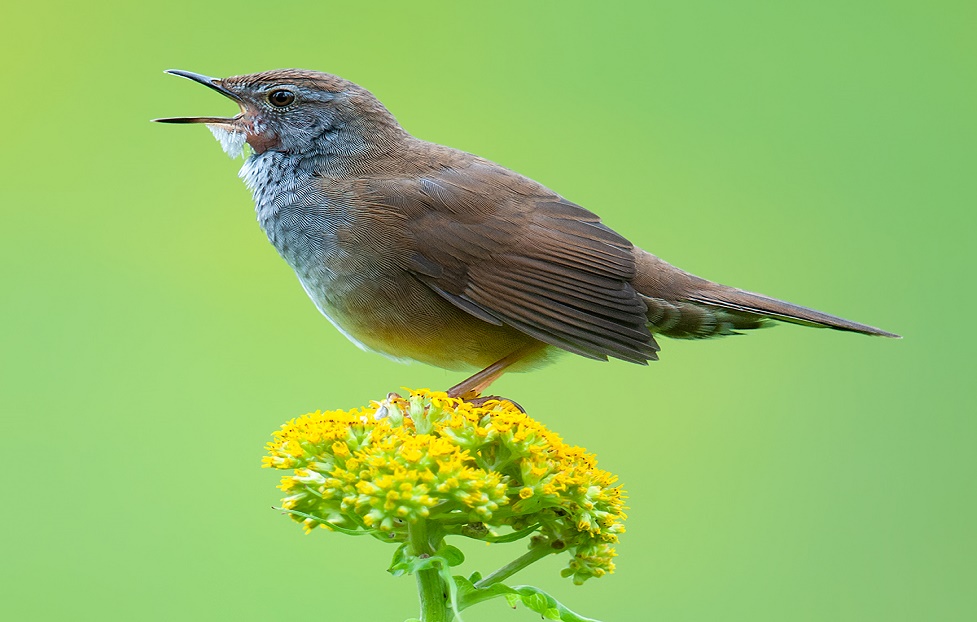
Spotted Bush Warbler
The spotted bush warbler (Locustella thoracica) is a species of Old World warbler in the family Locustellidae. It is found in the northern Himalayas and in the countries like India, Bhutan, China and Nepal.
Read me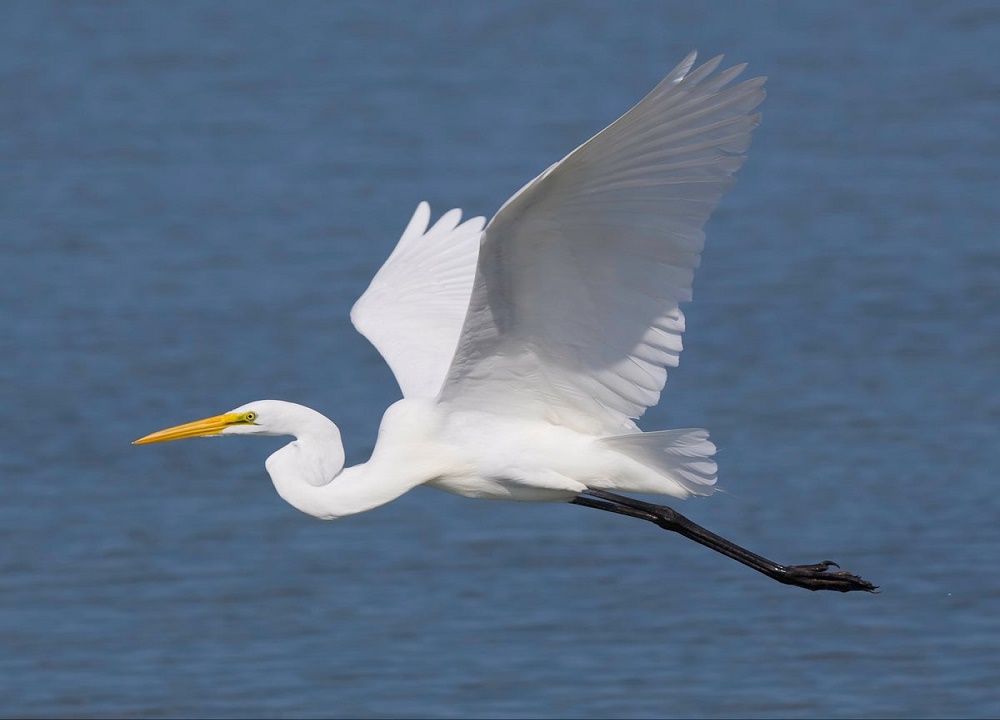
Great White Heron
The great egret (Ardea alba), also known as the common egret, large egret, or (in the Old World) great white egret or great white heron is a large, widely distributed egret, with four subspecies found in Asia, Africa, the Americas, and southern Europe. Like all egrets, it is a member of the heron family, Ardeidae.
Read me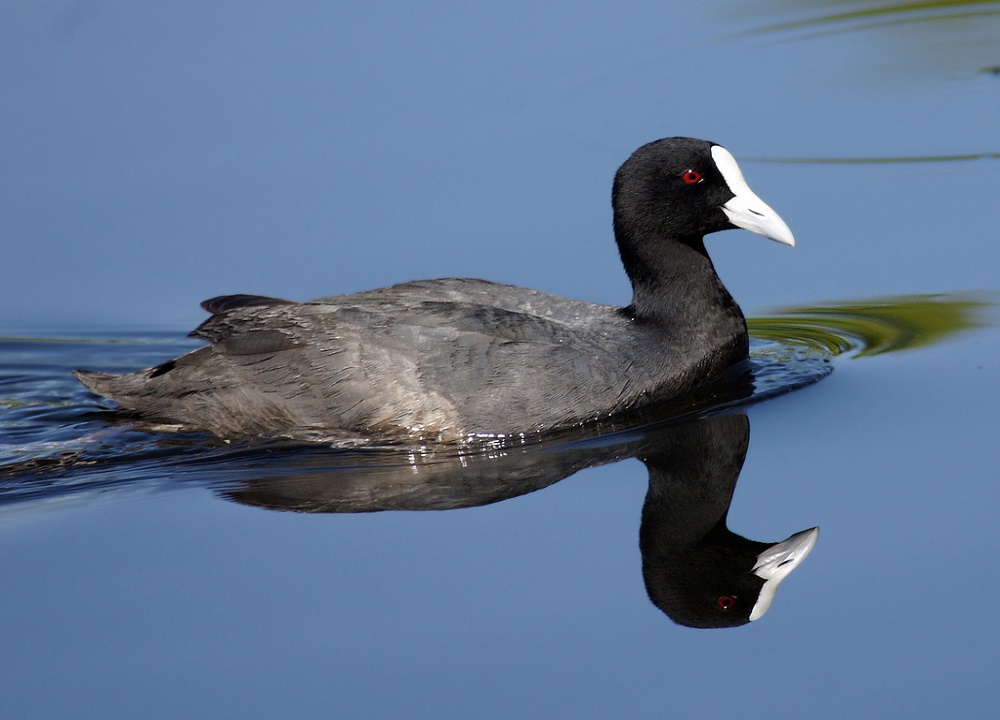
Eurasian Coot
The Eurasian coot (Fulica atra), also known as the common coot, or Australian coot, is a member of the rail and crake bird family, the Rallidae. It is found in Europe, Asia, Australia, New Zealand and parts of North Africa. The binomial name is from Latin: Fulica means "coot", and atra mean "black". Four subspecies are recognised.
Read me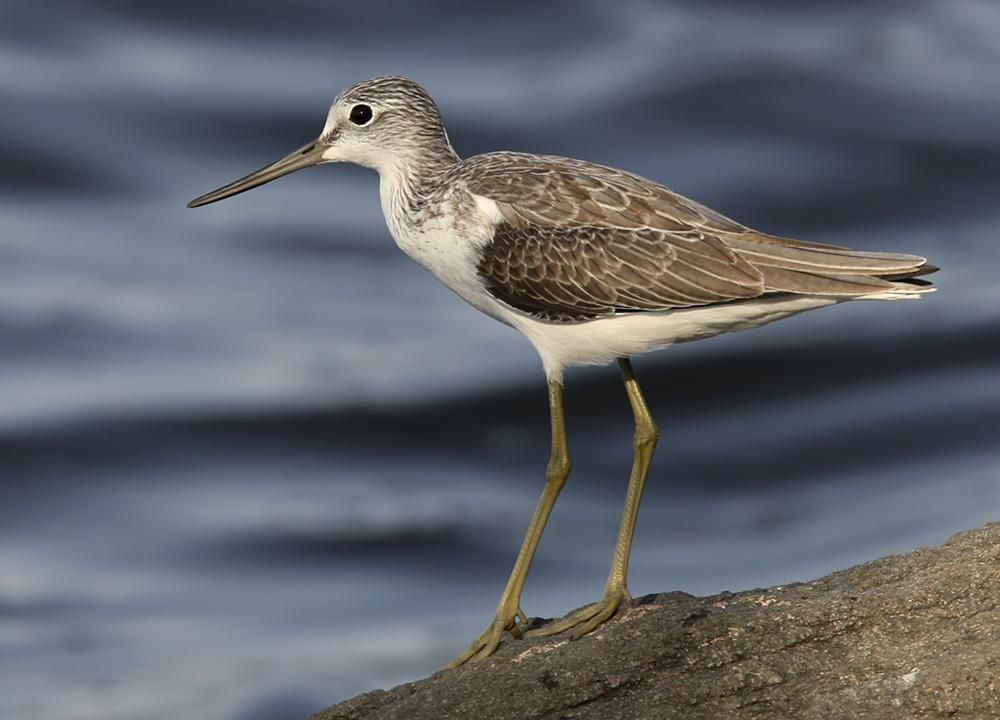
Common Greenshank
The common greenshank (Tringa nebularia) is a wader in the large family Scolopacidae, the typical waders. The genus name Tringa is the New Latin name given to the green sandpiper by Aldrovandus in 1599 based on Ancient Greek trungas, a thrush-sized, white-rumped, tail-bobbing wading bird mentioned by Aristotle.
Read me